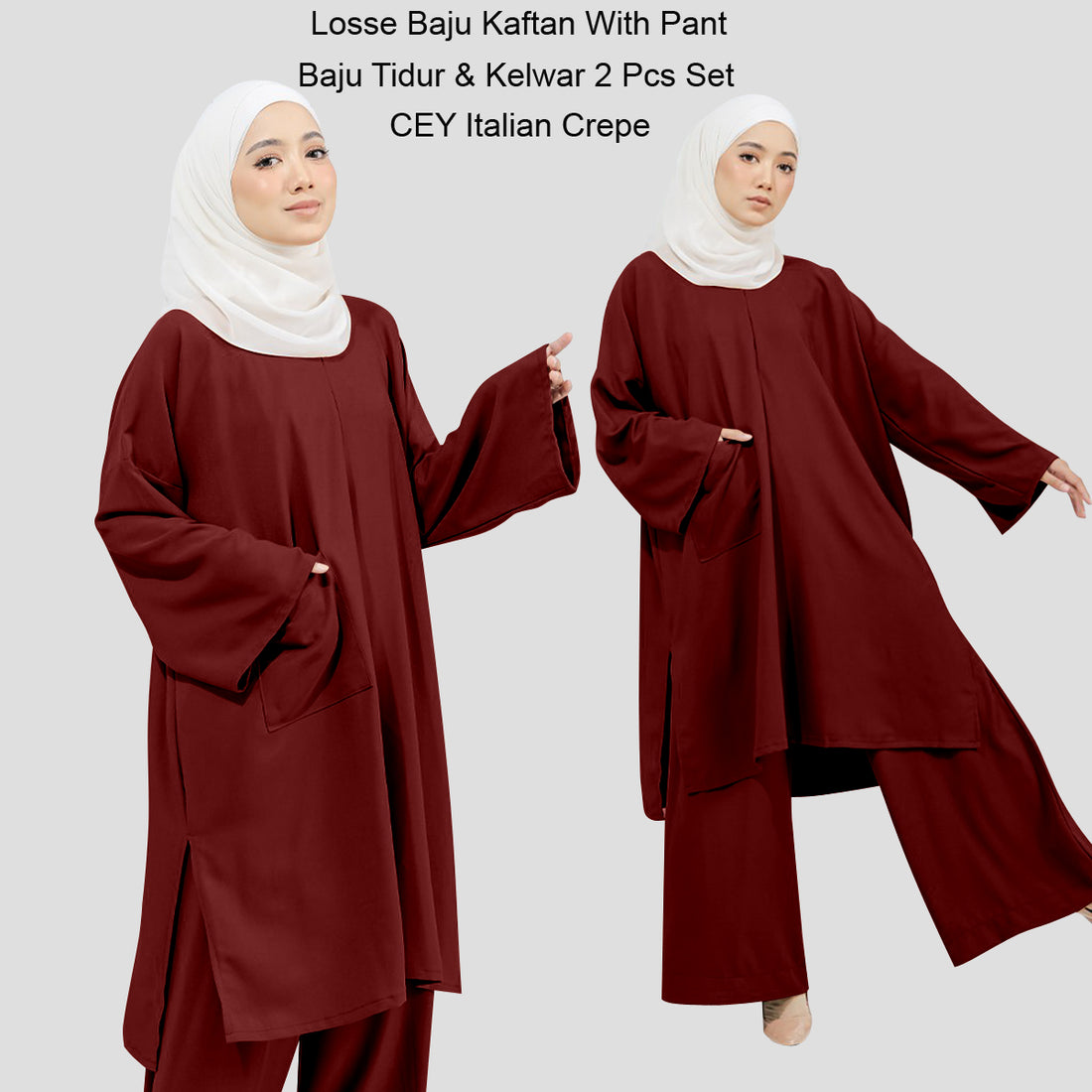Indonesia, with its rich cultural heritage and diverse population, presents a promising market for clothing brands. As the largest Muslim-majority country in the world and home to a young, fashion-conscious population, Indonesia holds vast opportunities for the fashion industry. With a focus on tapping into the youth fashion and Muslimah attires, clothing brands can pave the way for a successful future in this thriving market.
Indonesia's youth population is the driving force behind the country's fashion industry. With approximately 60% of the population aged under 30, young Indonesians have become influential trendsetters who fuel the demand for trendy and fashionable clothing. This presents a significant opportunity for clothing brands to cater to this dynamic consumer group.
The rise of social media platforms and e-commerce has also played a vital role in shaping the youth fashion landscape in Indonesia. Young Indonesians are highly active on various platforms, such as Instagram, YouTube, and TikTok, where they seek fashion inspiration from influencers and celebrities. By leveraging the power of social media, clothing brands can reach a wider audience and establish themselves as key players in the Indonesian fashion industry.
In recent years, Muslimah fashion has gained considerable traction in Indonesia. With a large Muslim population, there is a growing demand for modest and stylish clothing that adheres to Islamic principles. The rise of Muslimah fashion has given birth to a booming industry, with both local and international brands tapping into this niche market. By targeting Muslimah attires, clothing brands can tap into the immense potential and gain a competitive edge in the Indonesian market.
Indonesian designers and fashion entrepreneurs are also making a mark in the global fashion scene. Their unique blend of traditional and contemporary styles has garnered international attention and appreciation. By showcasing the rich cultural heritage of Indonesia through their designs, these designers have successfully put Indonesian fashion on the map. This recognition opens doors for Indonesian clothing brands to expand globally and establish themselves as prominent players in the international fashion arena.
However, with opportunities come challenges. The Indonesian fashion industry faces stiff competition from both domestic and international brands. To stay ahead in this highly competitive market, clothing brands need to continuously innovate, adapt to changing consumer preferences, and offer high-quality products at competitive prices.
Additionally, sustainable and ethical practices are gaining increasing importance in the fashion industry worldwide. Consumers are now more conscious of the environmental and social impact of their purchasing decisions. Clothing brands that prioritize sustainability and ethical practices will not only appeal to the environmentally conscious consumers but also gain a competitive advantage in the market.
In conclusion, the future of clothing brands in Indonesia lies in tapping into the vast opportunities presented by the youth fashion and Muslimah attires. By catering to the fashion needs of the young population and offering stylish and modest clothing options, brands can capture the attention and loyalty of Indonesian consumers. Moreover, by leveraging social media platforms, showcasing the rich cultural heritage, and adopting sustainable practices, clothing brands can position themselves as leaders in the Indonesian fashion industry. With the right strategies and a keen understanding of the market, clothing brands can thrive and build a successful future in Indonesia.
